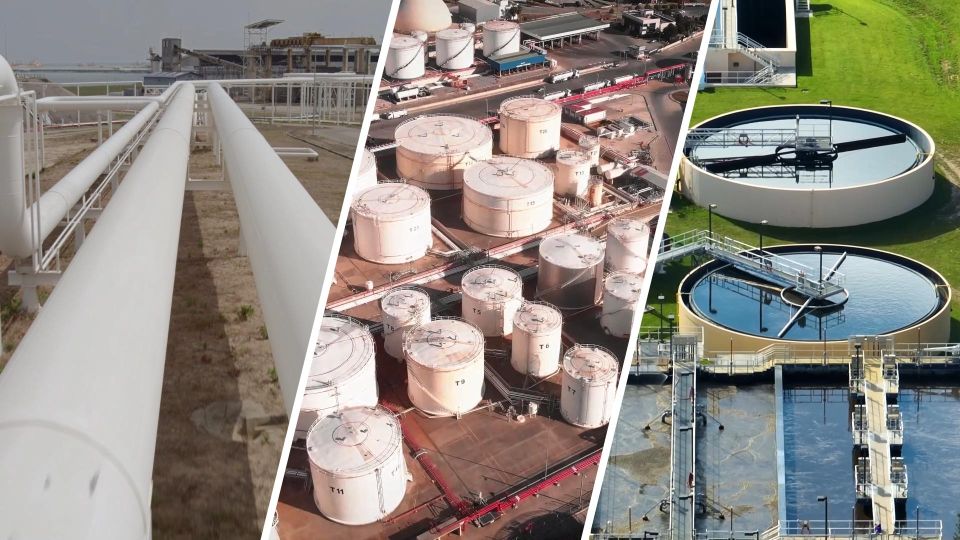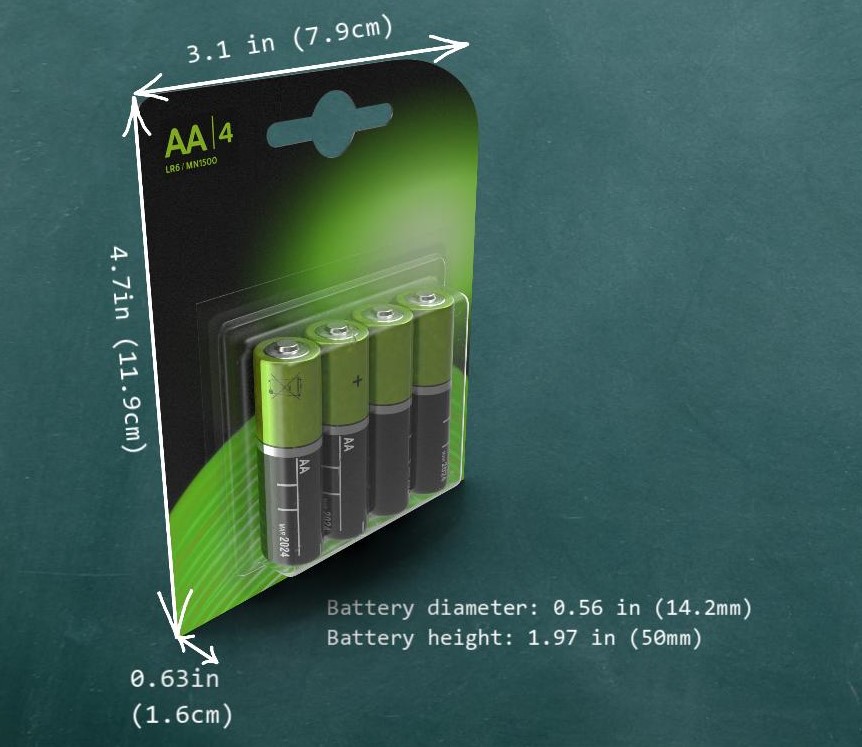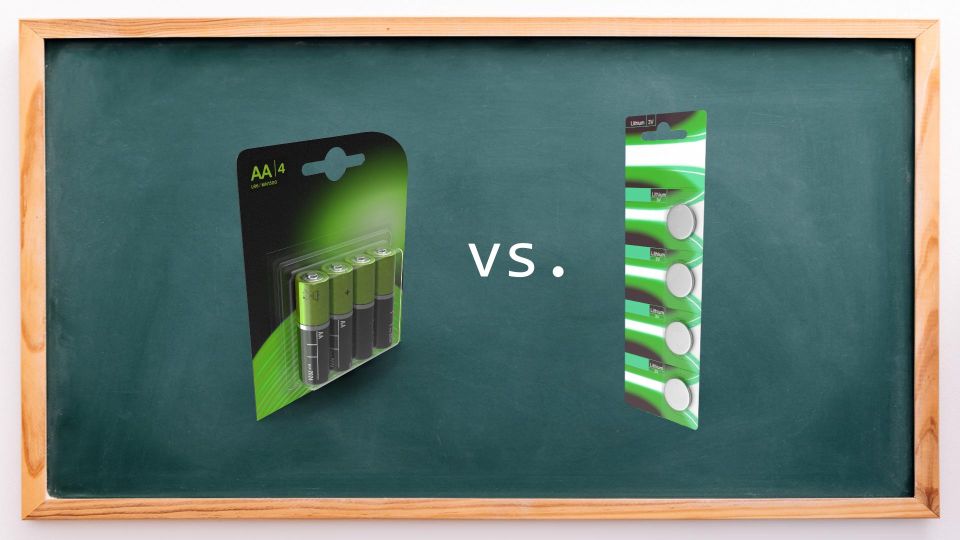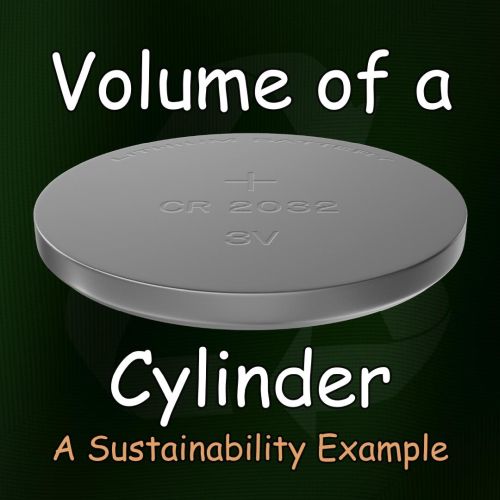Introduction
Why calculate the volume of cylinders in real life?
A cylinder is a basic 3D solid we study in school. In real life, many objects are shaped like cylinders, such as containers, water reservoirs, and gas pipelines. To plan how much liquid, grain, or gas these objects can hold, we need to calculate their volume.

Knowing the volume of cylinders is also important when designing packages, especially eco-friendly ones.
In this article, we’ll look at one such example in detail.
What is an eco-friendly package?
Designing eco-friendly products means:
- Using less energy,
- Reducing waste,
- Choosing materials that are kind to the environment.
An important part of eco-friendly packaging is efficiency. Calculating the volume of a cylinder plays a key role in making packaging more efficient. Here’s why and how it works.
Volume of the Product vs. Volume of the Package
In sustainability, packaging efficiency is measured by the product-to-package ratio. This ratio compares the volume of the product to the volume of its packaging:
A higher ratio means less wasted space and materials, while a lower ratio indicates excess packaging or empty space.
For example, consider a blister pack with four AA batteries.

Each battery is nearly a perfect cylinder, so we can calculate its volume. The package itself is a rectangular prism (cuboid), making its volume easy to calculate as well. Let’s do the math!
Volume of the Batteries
Using the formula for the volume of a cylinder:
\(V = \pi \times r^2 \times h\)
we can calculate the volume of one AA battery:
\(\pi \times (0.28)^2 \times 1.97 \approx 0.485 \text{ cubic inches}\)
For four batteries:
\(0.485 \times 4 = 1.94 \text{ cubic inches}\)
Volume of the Package
To find the package volume, we multiply its outer dimensions:
\(4.7 \times 3.1 \times 0.63 \approx 9.18 \text{ cubic inches}\).
The Product-to-Package Ratio
Now that we have the volumes of the batteries and the package, we can calculate the product-to-package ratio:
\(\frac{1.94}{9.18} \approx 0.21 \text{ (21%)}\)
This means only 21% of the package volume is taken up by the batteries—the rest is empty space.
Evaluating the Result
Is a 21% product-to-package ratio good or bad? To find out, let’s compare it to another product, like a package of four coin cell batteries:

The full calculation, comparison, and a practical discussion on when a bigger package might be better are available to our video platform subscribers. Consider subscribing! (Why subscribe?)
In the meantime, enjoy a free preview of the video below!
Conclusion
Math plays a key role in designing efficient, eco-friendly packaging. By calculating volumes, ratios, and percentages, we can measure wasted space and improve sustainability.
These skills aren’t just useful in school—they’re essential for professionals working to reduce waste and create smarter packaging. If you’re interested in sustainability, building a strong foundation in math and science is a great way to start!
References:
This publication was prepared using both scientific and trade-related sources, which you can verify and explore further.
Further reading:
Want to learn more about how math connects to sustainability? Check out these other articles on our website to see how school math can make a difference in the world!
